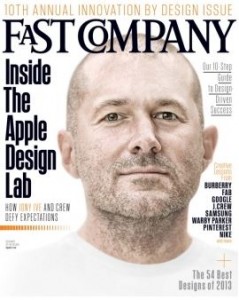The BodyMedia Personal Data System
Thursday, September 26th, 2013Changing behavior requires measurement and timely feedback. Getting accurate data and keeping track of your progress can take a lot of effort. Sometimes that effort is enough to derail your behavior change effort. To address that problem a number of companies are offering personal body sensors and software to help make measurement and tracking much easier. We have covered some of these in the Cognitive Design blog, for example, see Using Data to Change Behavior.
 A reader recently sent me a note about BodyMedia. It includes an armband with multiple sensors and associated software. The senors measure your motion, heat flux, galvanic skin response and skin temperature. You get data to guide behavior change around weight, fitness and sleep management. Data is collected and displayed in a dashboard called the activity manager. You can access it from from a smart phone and other devices.
A reader recently sent me a note about BodyMedia. It includes an armband with multiple sensors and associated software. The senors measure your motion, heat flux, galvanic skin response and skin temperature. You get data to guide behavior change around weight, fitness and sleep management. Data is collected and displayed in a dashboard called the activity manager. You can access it from from a smart phone and other devices.
There is some research that supports the claim this system changes health behaviors. You can get the armband and 3 months access to the software in the $100-$150 range. After that the activity manager (software) costs you $7 per month.
Very interested to hear from other readers that are using BodyMedia. How easy was it to build into your daily life? Is it changing your behavior?




